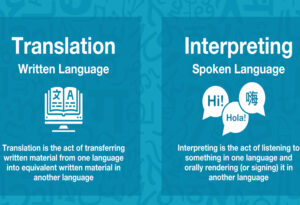Conducting survey research to support NGOs (Non-Governmental Organizations) involves designing and implementing surveys to gather valuable data and insights that can inform their programs, policies, and decision-making. Here’s a step-by-step guide on how to do NGO survey research support effectively:
Step 1: Identify Objectives and Research Questions:
Clearly define the objectives of the survey and the specific research questions the NGO wants to answer. Identify the information needed to address the organization’s challenges, measure the impact of their initiatives, or understand the needs of their beneficiaries.
Step 2: Define the Target Population:
Identify the target population or group you want to survey. This could be the NGO’s beneficiaries, members, staff, donors, or other relevant stakeholders.
Step 3: Choose the Survey Methodology:
Select the appropriate survey methodology based on the target population, available resources, and research objectives. Common survey methods include online surveys, telephone interviews, face-to-face interviews, or mailed questionnaires.
Step 4: Design the Survey Instrument:
Develop the survey instrument, which includes crafting clear and unbiased questions. Use a mix of question types, such as multiple-choice, open-ended, Likert scales, and demographic questions. Ensure the questions align with the research objectives and are easily understandable by the respondents.
Step 5: Pre-Test the Survey:
Before launching the survey, conduct a pilot test (pre-test) with a small sample of respondents who are similar to the target population. The pre-test helps identify any issues with the survey instrument, such as ambiguous questions or technical glitches.
Step 6: Data Collection:
Once the survey instrument is finalized, start the data collection process. Implement the survey using the chosen method (e.g., distribute online surveys, conduct interviews, or mail questionnaires). Consider privacy and confidentiality concerns when collecting personal information.
Step 7: Data Analysis:
After data collection, clean and organize the data. Use appropriate statistical techniques and software to analyze the survey data and derive meaningful insights. Common analysis methods include descriptive statistics, cross-tabulations, and regression analysis.
Step 8: Interpretation and Reporting:
Interpret the survey findings in the context of the NGO’s objectives and research questions. Prepare a comprehensive report that presents the results, includes graphical representations, and offers actionable recommendations based on the findings.
Step 9: Utilize the Results:
Share the survey results with the NGO’s stakeholders, including staff, board members, donors, and beneficiaries. Use the insights gained from the survey to inform decision-making, improve programs, and enhance the organization’s impact.
Step 10: Continuous Learning:
Survey research is an ongoing process. Encourage the NGO to regularly conduct surveys to track progress, monitor changes, and adapt strategies accordingly. Continuous learning through surveys helps NGOs stay responsive to the evolving needs of their communities and achieve their goals effectively.
Remember that conducting successful NGO survey research support requires collaboration with the NGO’s team and stakeholders. Be mindful of ethical considerations, obtain informed consent from respondents, and ensure data confidentiality throughout the process.




